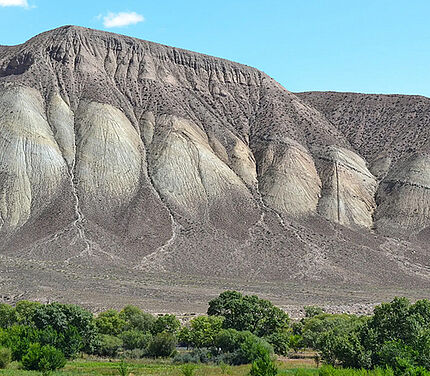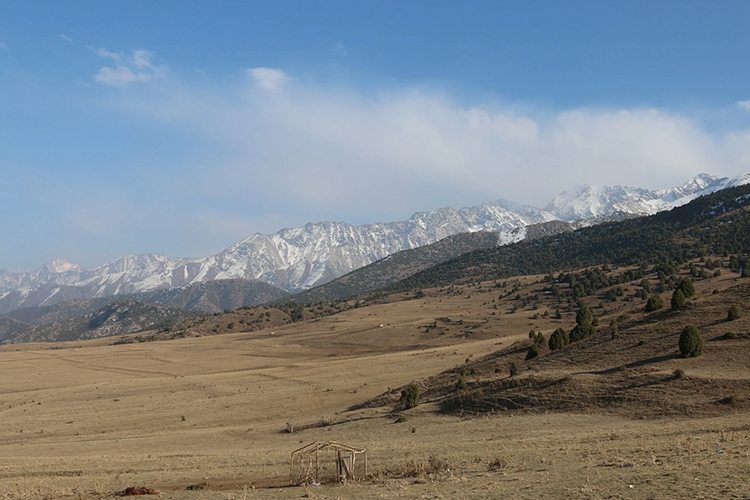ASIA
Kyrgyzstan
Area: 199,951 km²
Geography: The Kyrgyz Republic is a mountainous country, dominated by the Tien Shan range. The climate is sharp continental, with cold winters, hot summers, and numerous microclimates as a result of altitudinal variance. Kyrgyzstan is often called the ‘Water Tower’ of Central Asia. High altitude pastures and grasslands account for 85% of all agricultural land and are an important part of mountain ecosystems as they provide habitat for wildlife, as well as a variety of ecosystem services for human populations. (ELD, 2016)
Land Degradation: Soil erosion is a particular challenge for modern Kyrgyz agriculture. All agricultural areas of the republic are considered potentially vulnerable, especially to wind and water erosion, which affects already 45.7% of the total agricultural land. The main causes of deterioration are excessive stocking rates, overgrazing, and a lack of investments into improvement. (ELD, 2016)
Sustainable Land Management: Kyrgyzstan has set national voluntary LDN targets, established an LDN baseline, and formulated associated measures to achieve LDN. The country wants to improve the environmental condition of pastures through the introduction of a pasture rotation system, improve access to 10,000 ha of pastures via improved infrastructure, adopt sustainable land management practices on 100,000 ha of land area (including pastures and forests) and conduct land improvement works on 10,000 ha. (UNCCD, 2018)

ELD ACTIVITIES
-
Information Brief (2021)
Title: Terrestrial natural capital restoration to achieve SDGs: Pilot land accounts and sustainable pasture management in Kyrgyzstan
Authors: Abdiyev, A. and Kydyrmyshev, E. (State Agency on Land Resources ), Baibagyshev, E. (Kyrgyz Soil Scientists Association), Kerimaliyeva N. and Ysabekova, B. (National Statistical Committee of the Kyrgyz Republic), Sultanaliev, K. (American University of Central Asia) Sabyrbekov, R. (OSCE
Academy), with support from GIZ, GGKP, and ELD
Content: This information sheet summarises the results of a project designed to help decision-makers assess the condition of pastures and the benefits of restoration initiatives in Kyrgyzstan, with the goal of eventually integrating the true value of land assets into the national accounting system.
Information Brief: EN, RU -
Policy Brief (2016)
Title: Summer pastures across the Kyrgyz Republic can provide greater economic and environmental benefits through improving pasture yields sustainably.
Authors: Sabyrbekov R. & Abdiev A. with support from the ELD Initiative and CGIAR
Content: This is the first study in the Kyrgyz Republic and one of few in Central Asia to assess the value of pasture ecosystem services with cost-benefit analyses. The study shows that although they provide a number of valuable ecosystem services, highland pastures have been intensively used in a way that threatens long-term sustainability, with pasture degradation occurring across all three sites studied here. Making changes towards sustainable land management can see increases in yield of up to 5%.
Policy Brief: EN, RU

CONTACT
ELD Secretariat
E-Mail: info@eld-initiative.org
